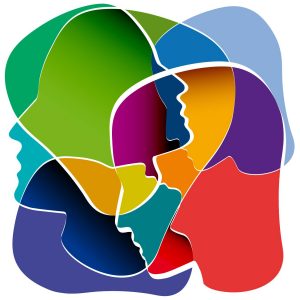 What’s next in the treatment of mental illness will be a direct outcome of what’s now, according to Pomona College Professor of Psychology Sara Masland. Two developments in the field may, over time, transform treatment of psychological disorders.
What’s next in the treatment of mental illness will be a direct outcome of what’s now, according to Pomona College Professor of Psychology Sara Masland. Two developments in the field may, over time, transform treatment of psychological disorders.
What’s Next For:
Revolutions?
Syria?
Mexico?
Japan?
The United States?
Earthquake Safety?
Climate Action?
California Water?
Climate Science?
Solar Energy?
California Fruit Farming?
Technology Investing?
Nanoscience?
Digital Storage?
Artificial Intelligence?
Cyber-Threats?
Social Media?
Space Exploration?
Science Museums?
The Sagehen?
Biodiversity?
The Blind?
Big Data?
Mental Illness?
Health Care Apps?
Maternity Care?
Etiquette?
Ballroom Dance?
Thrill Seekers?
Outdoor Recreation?
Funerals?
Writers?
Movies?
Manga?
Alt Rock?
Women in Mathematics?
The name of the first development sounds tricky to understand, but it’s really pretty straightforward. The National Institute of Mental Health started a framework called RDoC (Research Domain Criteria) that encourages researchers not to stick strictly to the textbook—or in psychological cases, standard diagnostic manuals—when studying disorders. Instead, they look more carefully at a person in all their complexities.
“We now have a good deal of information that suggests that the lines we draw are not always appropriate,” says Masland. “This framework seeks to take a step back and understand differences in the functioning of basic human processes across multiple levels and units of analysis.” By levels of analysis she means genes and behavior, and she’s talking about processes like reward processing and basic cognition.
More nuanced diagnoses dovetail with a second development: research that uses mathematical models to understand which symptoms and experiences are central and which may be caused by these primary symptoms.
“As a clinician, I might see a patient come in who reports five symptoms, and I can conclude that they co-occur,” says Masland. “But what is hard to get a good sense of is how these symptoms contribute to one another. Which came first? Does the presence of one cause or exacerbate the presence of another?”
If a psychologist can see a map of symptoms, she says, treatment can be more targeted.
These two developments offer a lot of promise for the future. Masland foresees the possibility of a move away from relying on flawed (yet still useful) diagnostic categories toward a more empirical approach. Over time, she hopes this will destigmatize psychological disorders and build compassion as well as clarity. With the new model of symptom mapping, Masland says targeted treatment will become more personalized and efficient.
Masland also believes both of these approaches will change how we understand the basic mechanisms of psychopathology. That change in understanding will, in turn, change the treatment landscape. Ultimately, her hope is that “they will lead to better understanding of human experience more broadly.”
